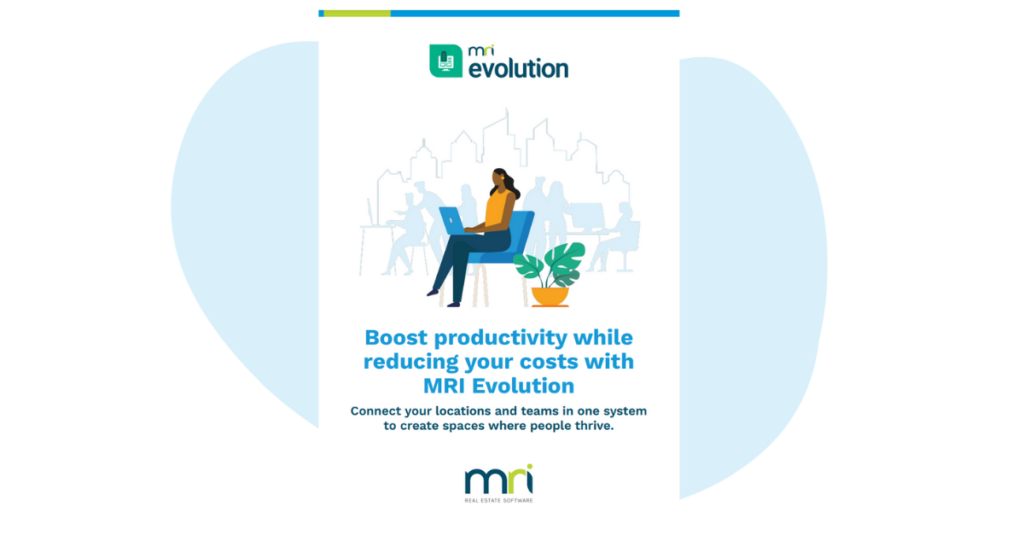Do you need real estate data management services?
Today, real estate organizations have access to more data than at any other time in history. Data can be leveraged to analyze ROI, report to investors, and develop strategic plans, but a reliance on data could become a weakness if it’s not managed properly. Without reliable real estate data management services, companies could theoretically find themselves basing strategic decisions off of incorrect reports and information that was not accurately recorded.
The way that data is curated makes a difference. Gathering the right information is only one piece of the puzzle — arranging it in a way that makes sense requires a repeatable process that aggregates data from disparate sources to drive meaningful decision-making.
Why use real estate data management services?
Efficient data management is the key to developing strategies that can elevate your business. Think of your investment strategy as a house. Data management is the brick foundation that holds everything up, and inefficient management of that foundation can put the rest of the structure at risk. Manually processing and collecting data, using out-of-date spreadsheet technology, dividing information into silos, and integrating data are all considered inefficient forms of data management that are either too cumbersome or too prone to human error to be relied upon consistently.
When processing and aggregating your data, you need to be trusting in real estate data management techniques that preserve the integrity of the raw data. The solution to inefficient data management isn’t comprised of simple changes on the process level; investing in real estate data management services is an effective way to bring efficiency back into the data collection and management processes. You need an enterprise-level special repository, a specialized real estate data model with curated data, and on-demand reporting and analytics to properly manage data so that your organization can analyze it and use it for modeling and planning.
What goes into aggregation of accurate data?
While these steps serve as a sort of data lifecycle, it’s crucial that the data be aggregated, organized, or managed efficiently in the first two steps. Failure to do so could result in less valuable data.
- Step 1: Aggregating and transforming the data
- Step 2: Analyzing the data and managing it
- Step 3: Modeling and planning based off what was collected
- Step 4: Reporting to investors and communicating to the company
Company information from the past, present, and the forecasted future should all be gathered together when preparing to analyze data. Historical asset characteristics, historical asset performance, and historical risk should all be aggregated and overlaid against information from the present, such as on-demand performance monitoring and attribution analysis. Predictions and future calculations that should also be aggregated and considered include transaction simulation, scenario analysis, and risk mitigation.
Tools and techniques used in real estate data management
The data management services offered through MRI Software are designed to process high-level information and deliver the results back to you in the most efficient and effective way possible. First, we collected the data that you submit to us through emails, documents, and other formats, then that data is uploaded into MRI Software’s workflow systems. After this has been done, the data is prepped and reviewed by specialized DMS analysts, and finally, it’s delivered back to you through one of our data management services.
Learn more about MRI Software’s various real estate data management systems and the most efficient ways to collect, aggregate, and process data.
Boost productivity while reducing your costs with MRI Evolution
Connect your locations and teams in one system to create spaces where people thrive. With MRI Evolution, you get immediate access to the data you need to proactively manage your facilities, empower your workforce, and increase operational effi…
